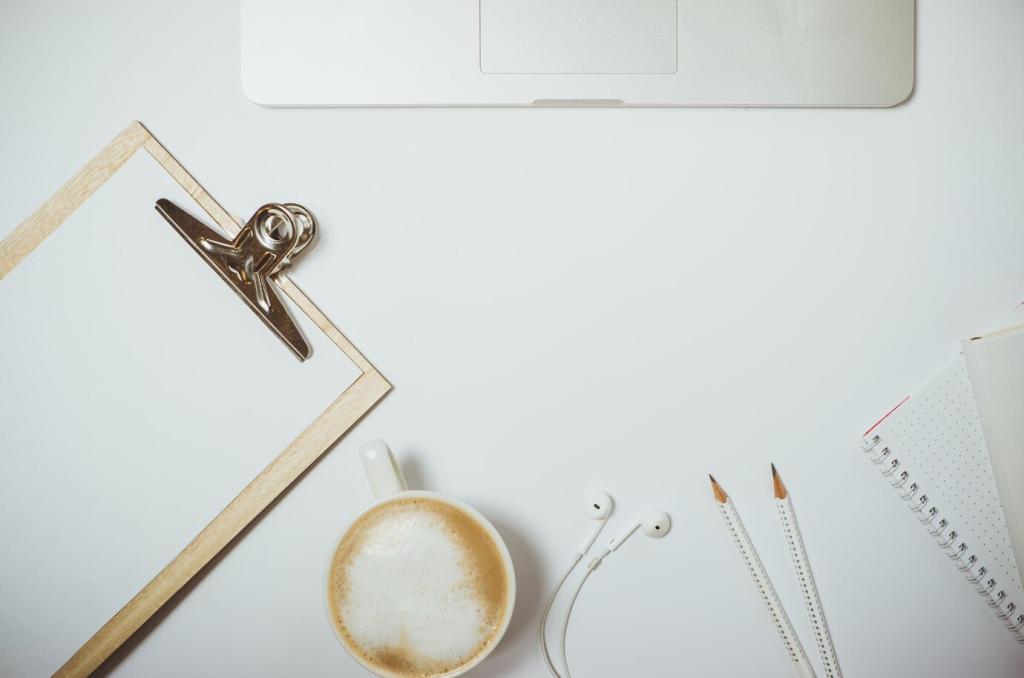
Home Office Inspiration: Navigating Small Spaces
Chosen theme: Home Office Inspiration: Navigating Small Spaces. Let’s transform tight corners into calm, high-performing work zones with smart layout choices, compact gear, and small shifts that create big creative energy. Subscribe for weekly tiny-space breakthroughs and share your own micro-setup with us.
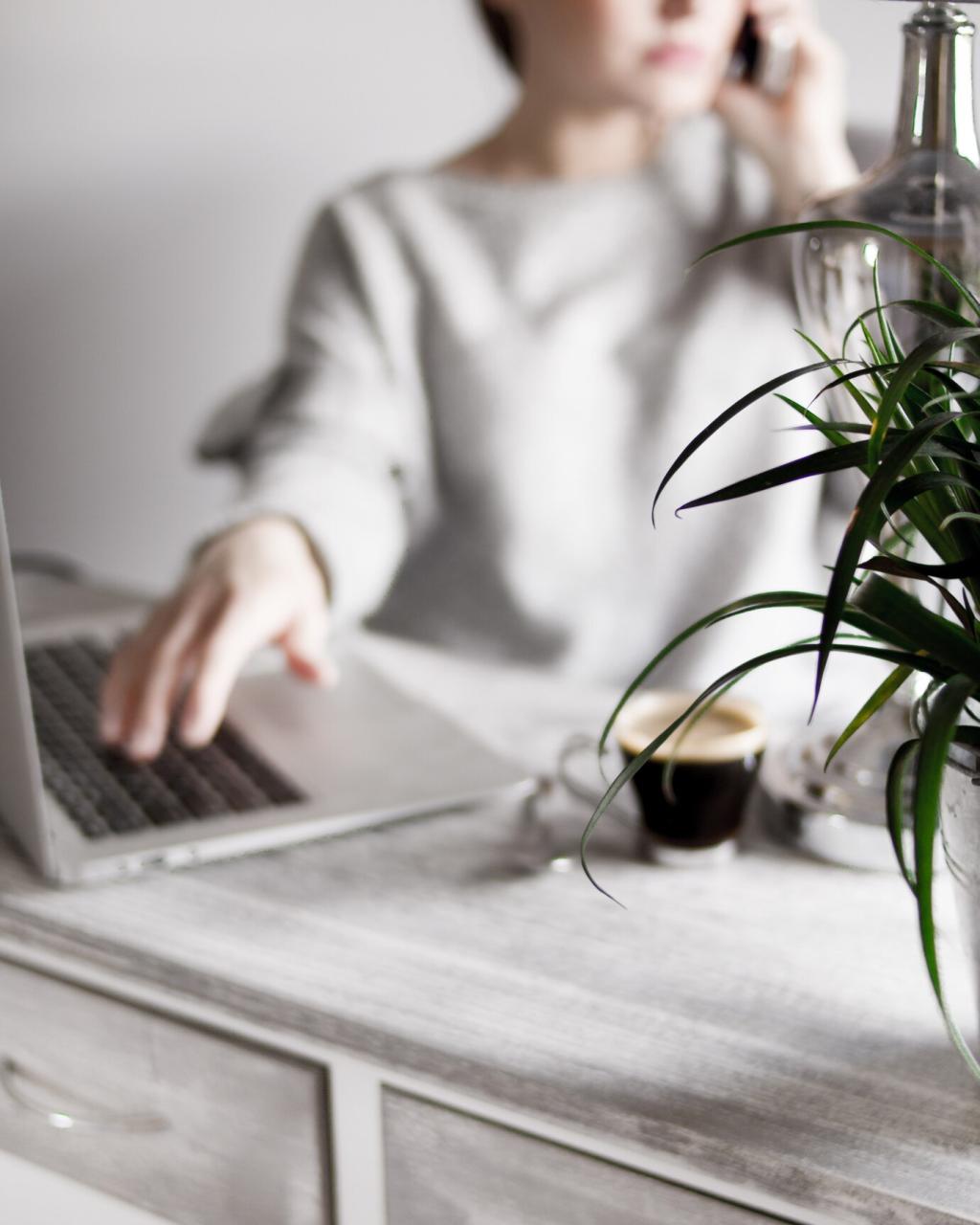
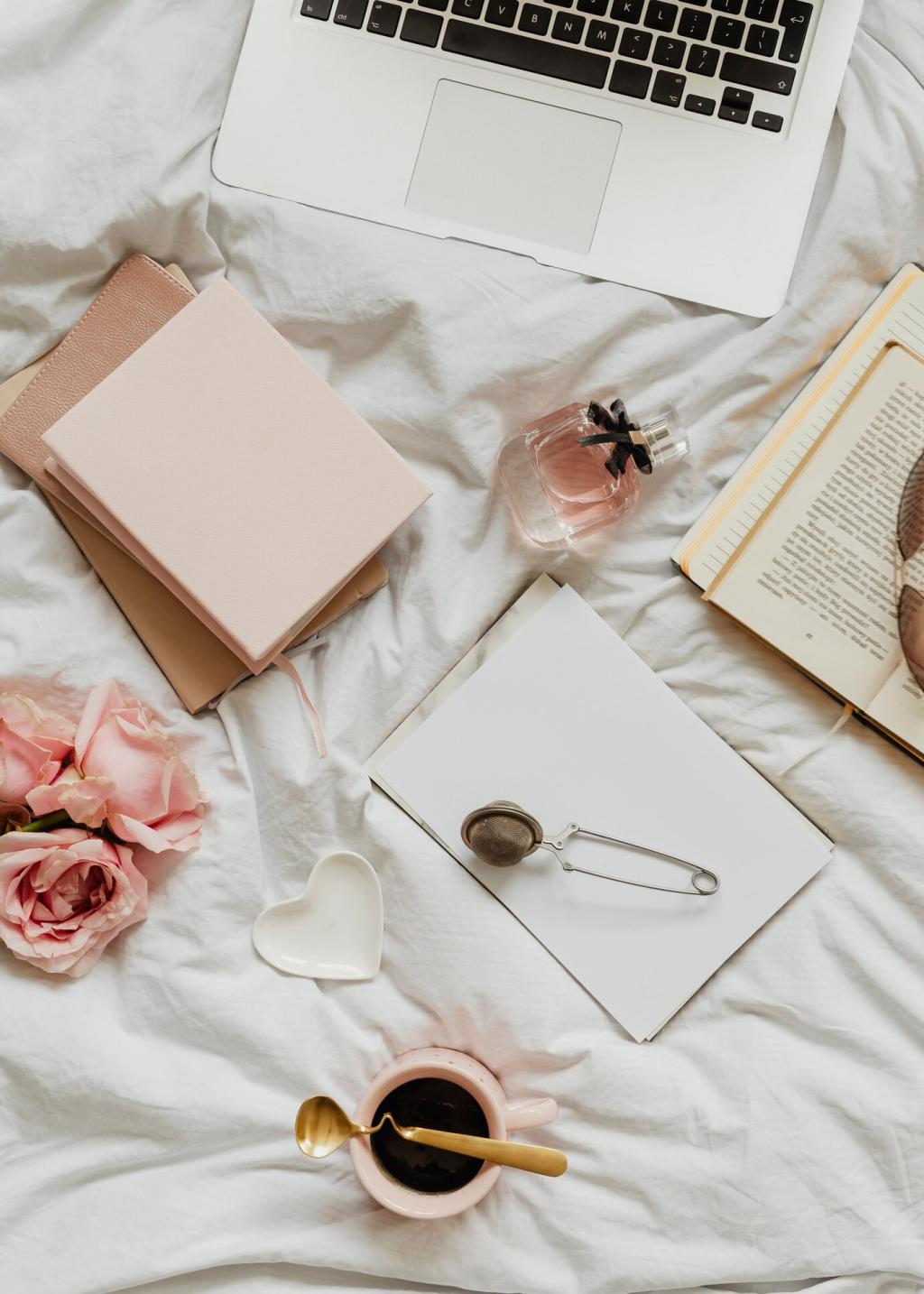
Map the Micro-Space
Grab a tape measure and list the real constraints: width, depth, and door swing. Note outlets, natural light direction, and chair clearance. A simple sketch with accurate dimensions prevents impulse buys and reveals surprising opportunities, like a narrow console fitting perfectly where a bulky desk won’t.
Map the Micro-Space
Define zones for focus, storage, and meeting calls—even if they overlap. A single wall can host all three with vertical shelving, a slim desk, and a fold-away backdrop. Label your zones on the plan and tell us in the comments how you balanced them in your tiny workspace.
Ergonomics That Fold Into Place
Aim for hips and knees at 90–110 degrees, with feet fully supported. A compact, mid-back chair with adjustable seat height protects posture without eating floor space. Add a portable footrest if your desk is tall. Comment with your height and chair model to crowdsource ergonomic wins.
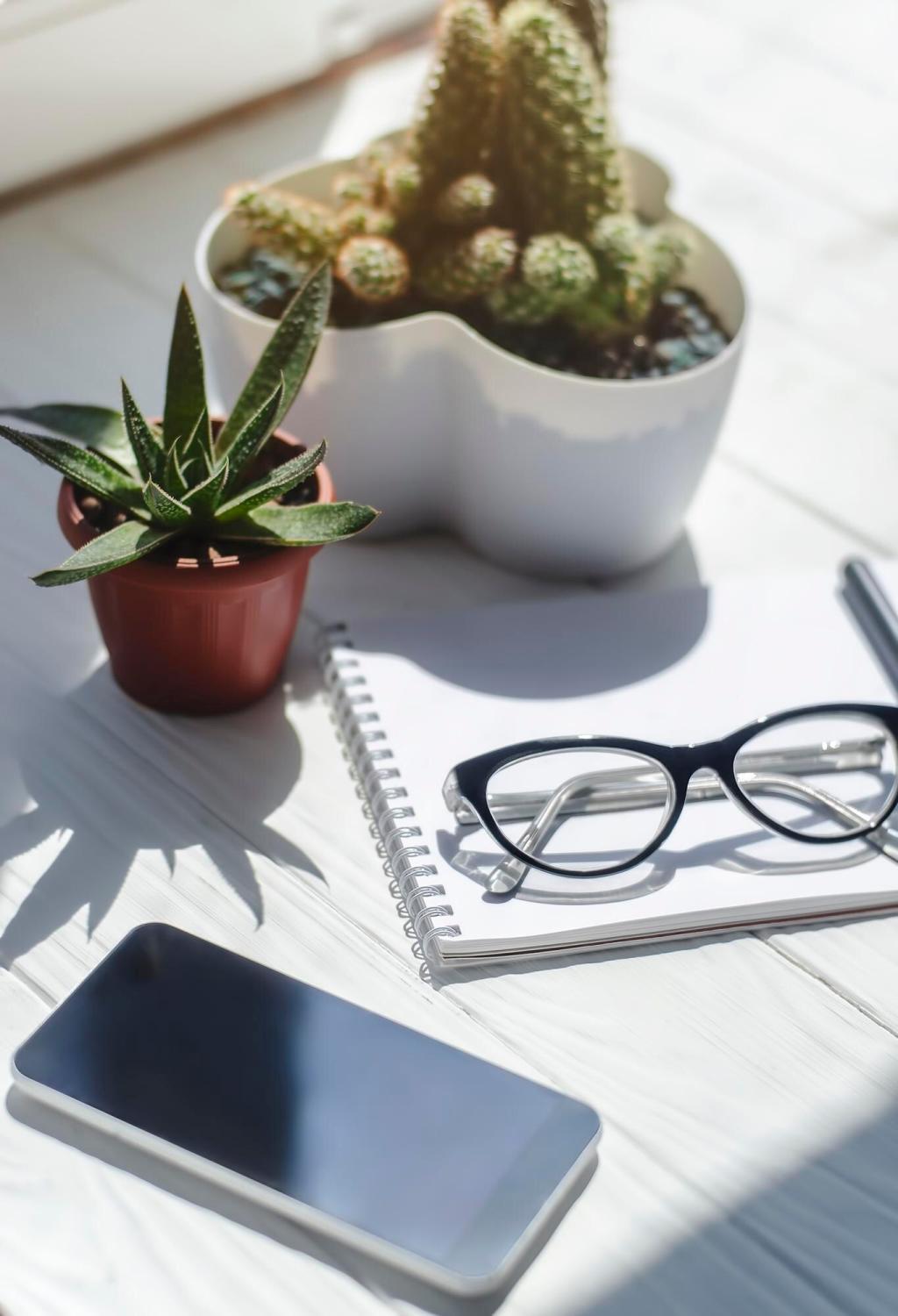

Ergonomics That Fold Into Place
Position your screen so the top third sits near eye level and your eyes rest 50–70 cm away. In tight spaces, a monitor arm reclaims desk depth and fine-tunes angles. If you use a laptop, elevate it and pair a keyboard to avoid neck strain during long stretches.
Shelves That Earn Their Keep
Floating shelves above the desk hold the essentials: notebooks, reference books, and a plant for visual softness. Keep shelf depth modest to preserve headroom. A single closed bin hides cables or spare devices. Post a photo of your shelf layout and inspire someone juggling limited wall space.
Pegboard Productivity Wall
A pegboard turns a flat surface into a custom toolkit: hooks for headphones, trays for pens, and a small clip-on light. Rearranging takes seconds as projects evolve. Use a consistent color palette to prevent visual noise. What’s the one pegboard accessory you can’t live without?
Under-Desk Ecosystem
Slide-in drawers and slim file boxes store papers without crowding legroom. A small rolling cart tucks beside the desk, then vanishes into a closet for meetings. Label everything clearly to avoid rummaging. Share your most clever under-desk find and how it saved precious inches.
Layers for Depth and Comfort
Combine ambient, task, and accent lighting to make the room feel larger. A ceiling light sets the base, a focused desk lamp sharpens detail, and a gentle wall wash adds depth. Bounce light off walls to soften shadows. What layered setup keeps your eyes happy during long sessions?
Color Temperature for Clarity
Choose neutral white (around 4000–4500K) for task lighting to maintain alertness without harshness. If evenings run late, shift warmer to signal wind-down. Avoid mixed color temperatures in small rooms—they create cluttered visuals. Subscribe for our weekly micro-guide on lighting tweaks that boost focus.
Sound, Boundaries, and Flow
Portable Acoustic Fixes
Rugs, thick curtains, and a few removable acoustic tiles can tame echoes without renovations. A solid-core door seal or draft stopper blocks hallway noise. If you share walls, a book-filled shelf works as a diffuser. Share your budget acoustic tweak that made calls sound professional.
Rituals That Frame the Day
Begin with a two-minute reset: clear the desk, open your task list, then light your desk lamp. End with a shutdown ritual—close tabs, stack tools, and set tomorrow’s top three. Routines add psychological square footage. What’s your go-to cue that work has truly ended?
Boundary Signals for Housemates
A simple door hanger, desk light color change, or calendar shared with roommates can protect focus windows. Agree on quiet hours and quick hand signals for urgent needs. Post your favorite boundary signal below; your idea could rescue someone else’s next deadline.
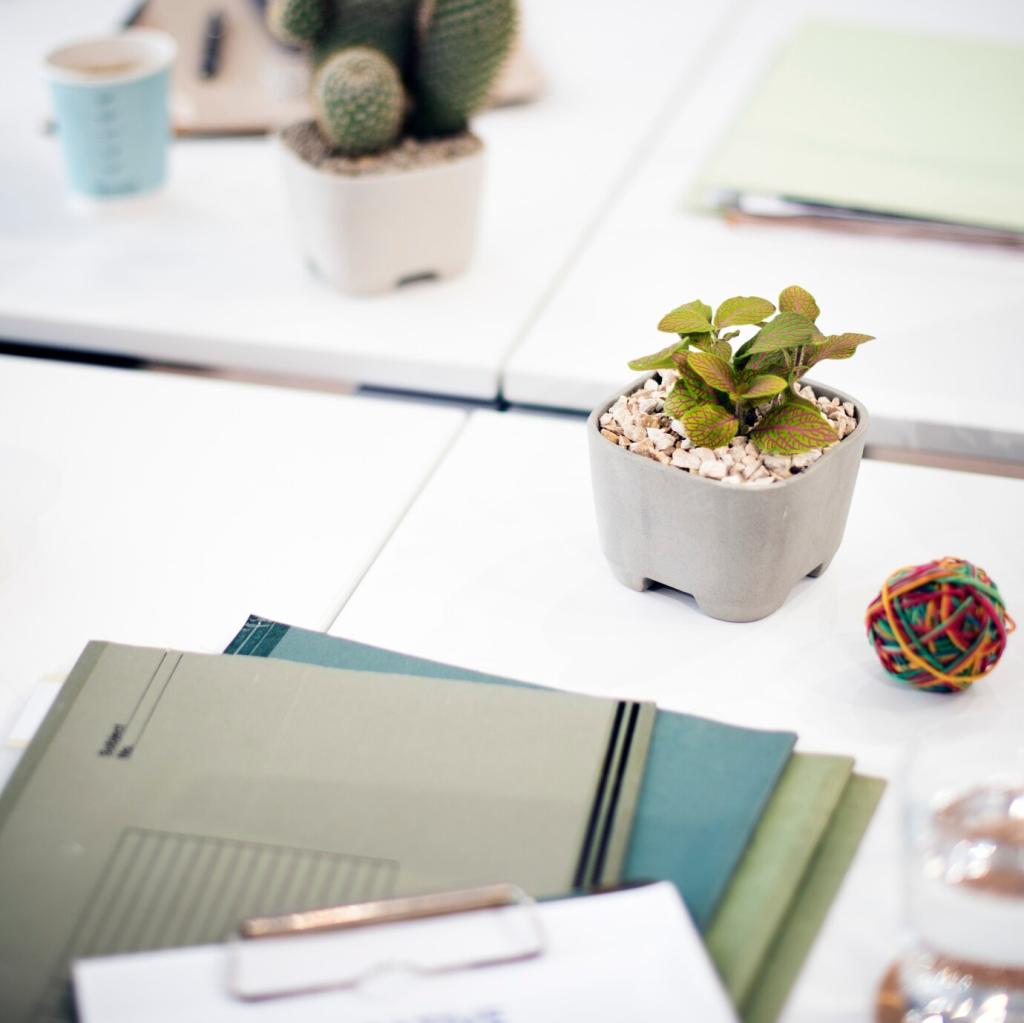
From Broom Closet to Brain Trust
Erin’s 1.2-by-0.8 meter closet once stored winter coats. She added a wall-mounted desk, a pegboard, and a single shelf, leaving knee room to spare. After two weekends, her weekly planning moved from the kitchen table to a tidy cloffice that actually felt inviting.
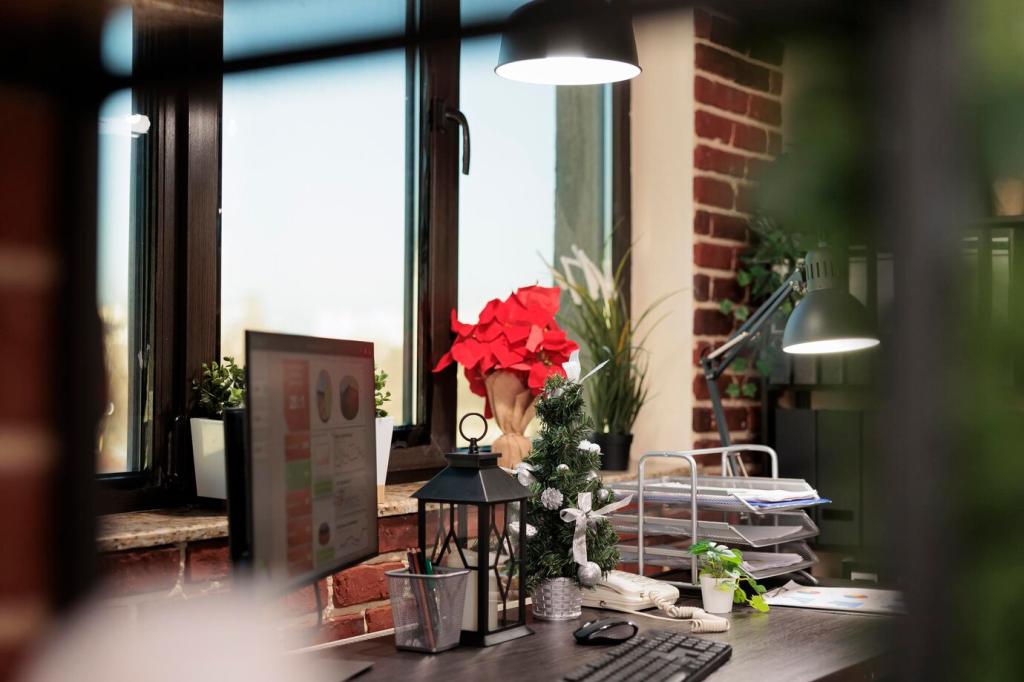
Budget Wins That Mattered Most
The secret wasn’t expensive gear—it was restraint. One secondhand chair, a compact lamp, and a gallon of warm-white paint reduced visual clutter. Cable clips and a small drawer kept essentials reachable. Share your top budget win and we’ll feature a reader roundup in our newsletter.

Habits That Keep It Working
Erin caps each day by restoring the desk to zero, leaves only tomorrow’s notebook open, and flips a small light to ‘off’ as a closing ritual. The room stays calm because the routine does the heavy lifting. What nightly reset helps your small space stay serene?
Join our mailing list
